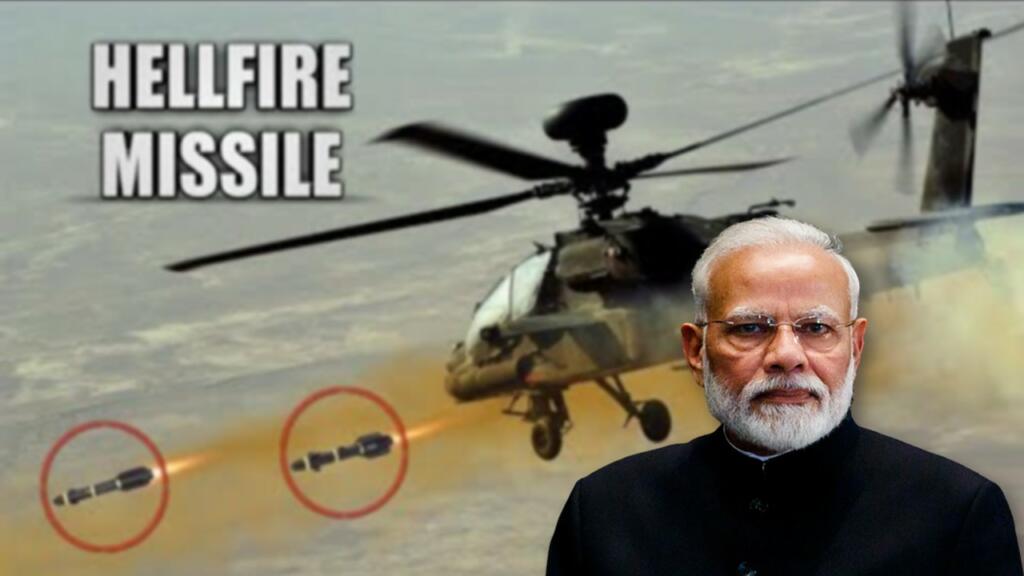It is said that learning from one’s own mistakes is wise, but learning from others’ mistakes is intelligent. The four years of turbulence on the global stage presented many experiences to learn from. Well! Some were India’s while the rest were others’. The biggest learning came for the defence sector. As a result, defence procurement process of India has seen a policy shift. In today’s article, we are going to discuss that shift.
Change in policy of procurement
India, under the leadership of Prime Minister Modi, initiated the attempt to localise production of various commodities. After the Doklam clashes, this approach was further reinforced, and since then India has promoted localization with greater effectiveness. However, it was not an easy task to shift complete dependence overnight, so India changed its import basket.
That is, it focused on procuring the raw material instead of finished goods. Although the trade story with China is different, it does have some impacts on the defence sector. India soon sensed the need for localization and diversification of defined trade, which was further upheld by the initiation of the Ukraine conflict. Hence, Atmanirbhar Bharat and Make in India got special emphasis. The defence industry made the most of it.
But it doesn’t mean that India needs complete indigenization. India is working to maximise local procurement without compromising the need for advanced capability equipment. So, the Indian Armed Forces have full autonomy to choose, from a wide range of source countries, the equipment that best suits their requirements.
Also read: ASEAN’s Defence Market: India and South Korea Compete for Supremacy
India to get Hellfire missiles
To that extent, India is in the process of finalising a proposal to procure American weapons, such as Hellfire missiles and Mark 54 anti-submarine torpedoes, for its MH-60 Romeo multirole helicopters.
The Indian Navy has contracted for 24 MH-60 Romeos, valued at over USD 2 billion in a fast-track deal, which must be equipped with weapons for operational purposes. The Defence Ministry is currently negotiating a deal worth USD 300 million under the Foreign Military Sales route with the American administration.
The proposed weapons package includes precision-guided Hellfire missiles and MK 54 lightweight torpedoes, which are the primary anti-submarine warfare weapons used by US surface ships, fixed-wing aircraft, and helicopters.
The MH-60 Romeos will replace Sea King helicopters, which will soon be phased out of the force. The MH-69 helicopters can operate from frigates, destroyers, cruisers, and aircraft carriers and are designed for anti-submarine and anti-ship tasks, as well as conducting search-and-rescue operations at sea.
The 24 MH-60 Romeos will be equipped with multi-mode radars, night-vision devices, missiles, torpedoes, and other precision-guided weapons. But does that mean India is alienating Russia towards the USA? Probably not!
Also read: From Pipeline to Power Grid: India and Bangladesh Forge Stronger Energy Bonds
How defence sources are diversified
Noting the previous trends, it can be said that India is diversifying its defence procurement sources. India has been the biggest defence importer for a long time. The major import destination for India was Russia.
But since the last few years, the trend has changed. If we go through that, we find that India purchased Rafale from France, S-400 from Russia, Apache and Chinook helicopters from the USA, AK-203 assault rifles from Russia, Spike anti-tank guided missiles and Harop attack drones from Israel, MQ-9B predator drones and SIG716 assault rifles from the US, and VSHORADS from Russia.
Apart from that, India has developed its first indigenous aircraft carrier, INS Vikrant, its first light combat aircraft (LCA), Tejas, and its BrahMos missile. Additionally, domestically manufactured VSHORADS and DRDO-made artillery guns are just a few examples of indigenous equipment among many others.
Also read: Rs. 70,500 Crore in Clearances Set to Transform Military Capabilities
What is the motive of government?
The above foreign-procured equipment clearly shows the variation irrespective of geopolitical or bilateral boundaries. Rafale, one of the best aircraft, was purchased from France. Similarly, the S-400 is the best and most crucial missile defence system needed by India. So, the country decided to procure it from Russia despite external pressure from the USA to not do so.
The strategic management of international relations by India forced Washington to exempt the New Delhi-Moscow agreement on S-400 from CATSA. Interestingly, at the same time Iran got sanctioned under CATSA, which shows that CATSA was not diluted but India managed to deal with it. It was considered a diplomatic victory for India.
Post this incident, it was anticipated that India was defying US pressure and aligning with its conventional defence partner. But again, it was just a theory because later on, India bought some of the most important equipment from the USA, like MH-60R Seahawk helicopters and MQ-9B Predator drones.
Also read: India’s Potent Mini Missile: The Indigenous “S-400
But it was not only the US and Russia from which India was buying the defence equipment. India had two contenders to buy from. France was offering the Rafale, and the US was offering the Boeing F-18 Super Hornet. Contradicting the popular anticipation, India supposedly has decided to procure the Rafale. India is to get 26 marine variants of Rafale, which will replace the MIG-29K.
So my point is that currently, India is focusing more on indigenization, and as per the need, it makes deals with foreign vendors. But that does not mean that India would bow down to internal pressure. Indeed! India is reducing its dependence on Russia. But that’s not out of external pressures, but rather out of the need to diversify defence trade relations for the best equipment procurement.
Here, it is also important to know that this is completely in harmony with the Indian notion of neutrality, which calls for the decision-making process to be based on national interest instead of external pressures or geopolitical equations.
Support TFI:
Support us to strengthen the ‘Right’ ideology of cultural nationalism by purchasing the best quality garments from TFI-STORE.COM
